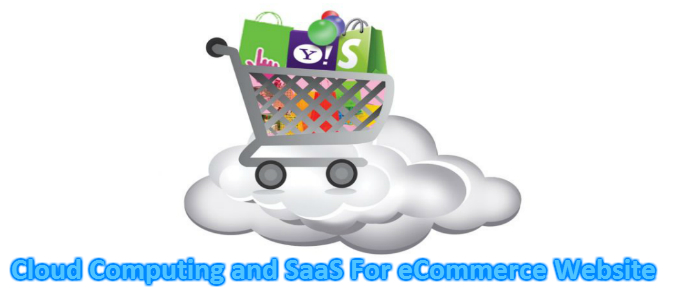Cloud Computing and SaaS For eCommerce Website
 Electronic retailers are faced with new challenges, and the development of its business strategy leads them to expand and enter the eCommerce site in more channels and devices.
Electronic retailers are faced with new challenges, and the development of its business strategy leads them to expand and enter the eCommerce site in more channels and devices.
Specialty stores, new product lines, instant deals, launching of new geographic areas, among other movements, leading electronics retailers continually innovate to differentiate. The creation of new sites or new offerings are growing very fast, perform well and need to support peak traffic during periods of heightened activity.
But the establishment of the infrastructure of these virtual stores should not be an obstacle to innovation: The placing of new offerings on the market enables virtual retailers to stand out and gain new market share.
In this context, eCommerce website owners have prepared for all servers, the choice of the cloud hosting is an alternative to consider carefully. However, it still raises questions of technical, financial or legal nature.
The different options for cloud computing
- The development of cloud computing and SaaS enable businesses to overcome problems such as the operation of servers, so they can concentrate on their core business – trade. Not having to worry about infrastructure problems saves time to develop new projects. This model also has impacts on the organization of flows.
- SaaS Solutions meet the needs of flexibility and responsiveness to electronic retailers in general benefiting from a cloud infrastructure.
- Cloud Computing Solutions offer other attractions: the pricing of business, which smooths out the “resource consumption”, a significant decrease in cost of ownership, service guarantees on the rate of availability and performance (SLA), real flexibility and a high reactivity to adjust the power to the seasonality of the business virtual retailers, international coverage and a reduction in management costs and operational costs.
- The cloud provides access to virtually unlimited resources, easily activated and billed per use.
Operational issues to consider:
- Time to Market : How to quickly get the necessary infrastructure to create new sites?
- Performance: How to deal with the increased volume of the catalog and website traffic? How to ensure performance in remote geographical areas?
- Safety: What solution should be deployed against the most frequent and sophisticated attacks?
- ROI: How to calculate the return on investment of different solutions (public cloud, private cloud), considering prices / costs, independence from the supplier, security etc..The extent of cloud cover, combined with the complexity due to the number of models, makes complex legal issues arise, beyond what the provider can really use a chain of subcontractors that the client has no knowledge.
- It is necessary to define the limits: The treatment of network mapping, data sensitivity, covered applications. With the explosion of deals players like Google, Microsoft, Amazon, Salesforce and ESDS Cloud, we see the emergence of contract services that respond to the promise of responsiveness of the cloud.
Resources:
- How Cloud Computing Is Changing The Labor Market - March 25, 2015
- Adopting Infrastructure as a Service Can be a Good Deal - March 17, 2015
- Will Virtualize? Take These Six Points Into Consideration - March 12, 2015
Cloud computing and Saas development has really revolutionized the ecommerce generation a lot. This is really an awesome alternative to the people related to field those were really suffering from the severe issues earlier.
In order to handle the conflict between enterprises' e-commerce activities and the shortage of resources, enterprises have, by the application of advanced cloud computing service model, solved the problems of the shortage of funds, man power and technology which were required in the activities of e-commerce.